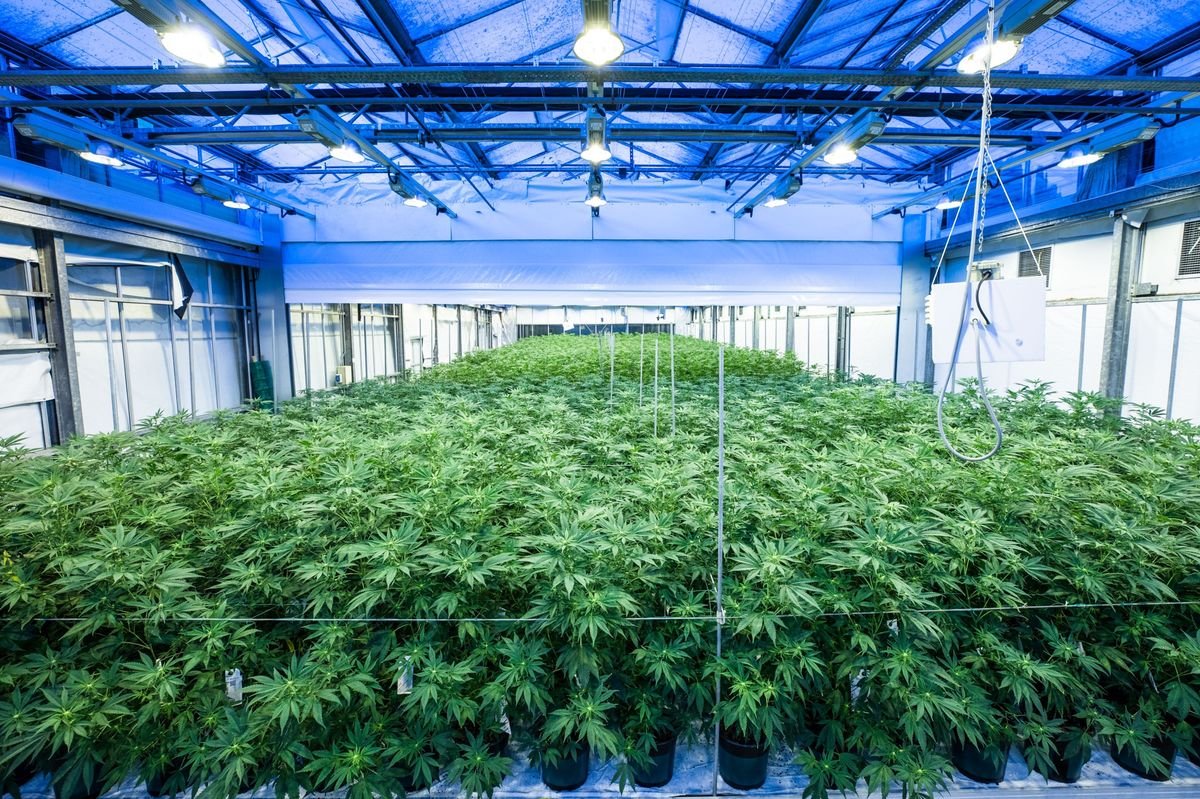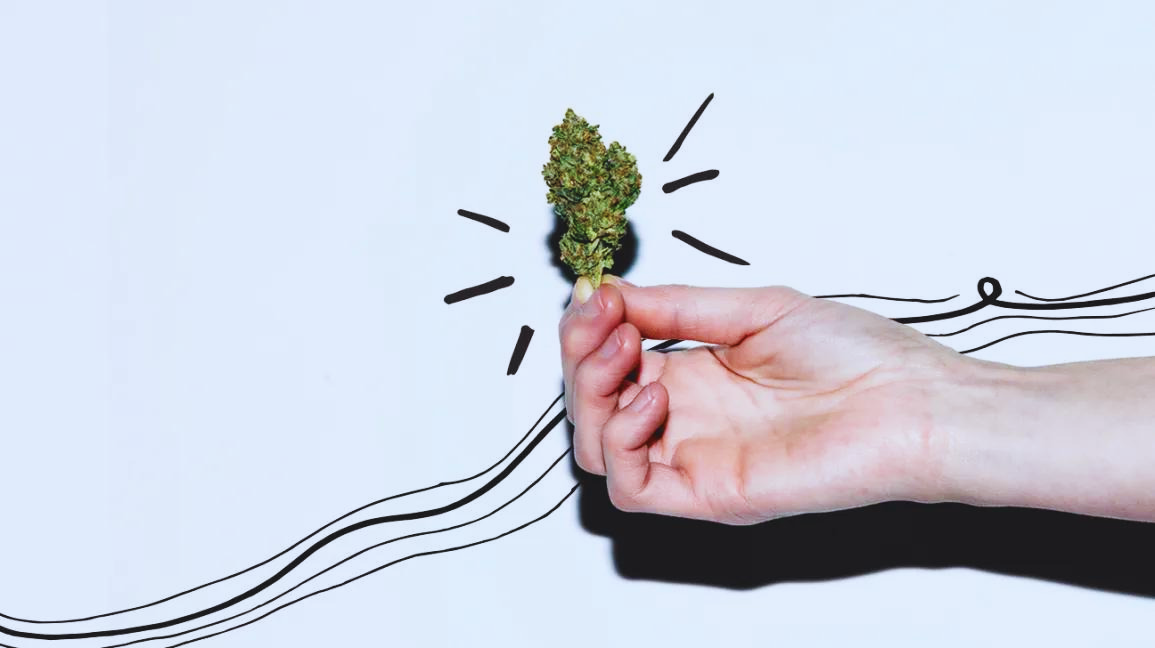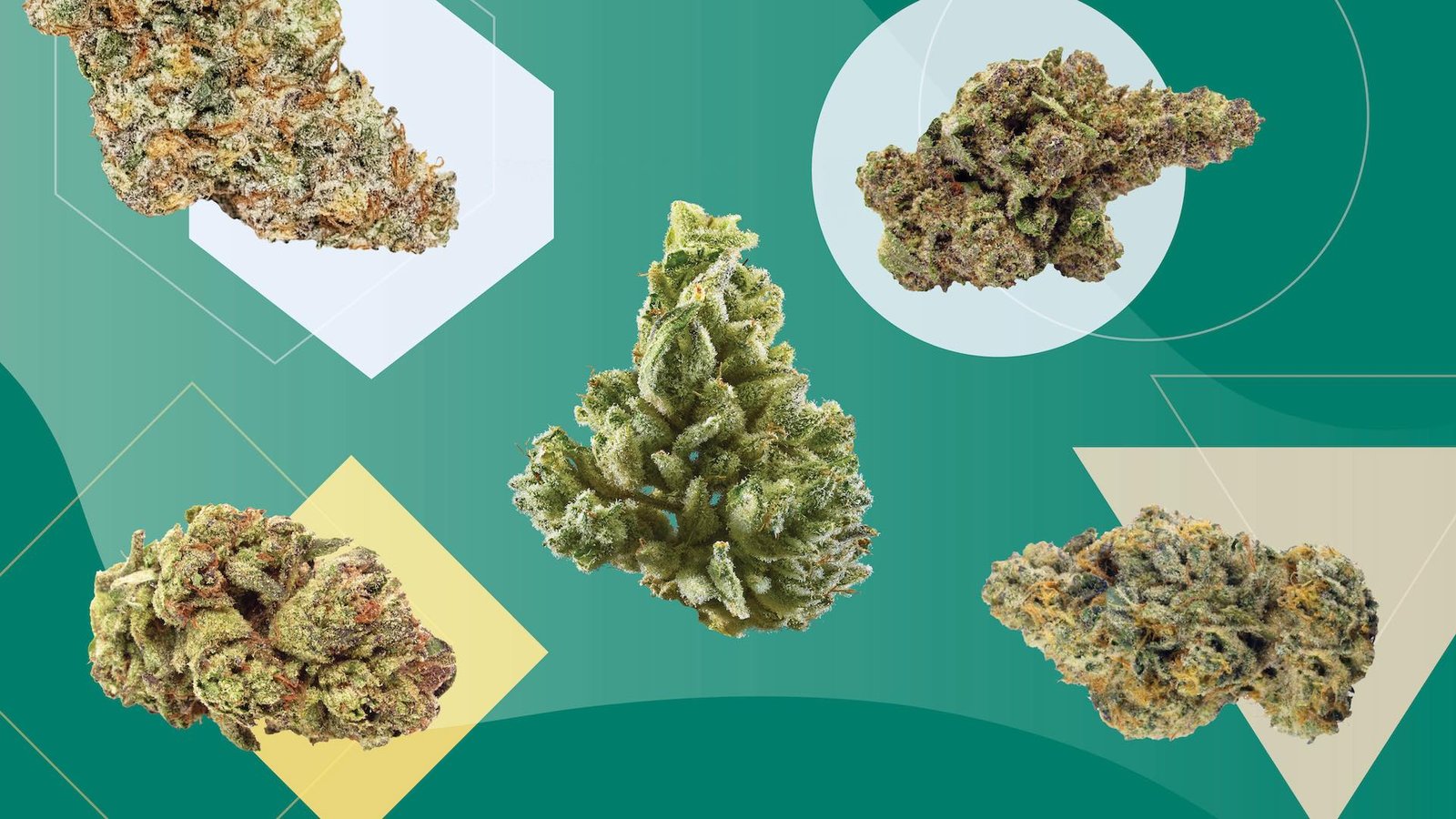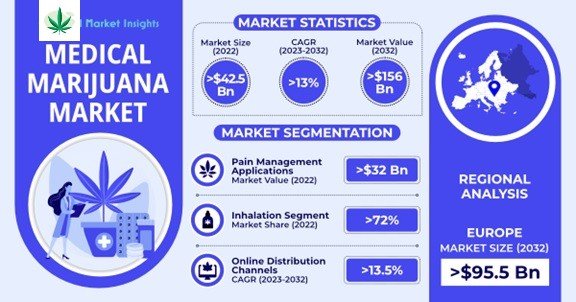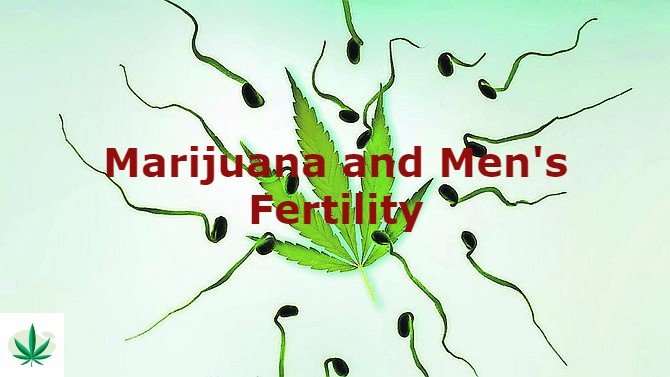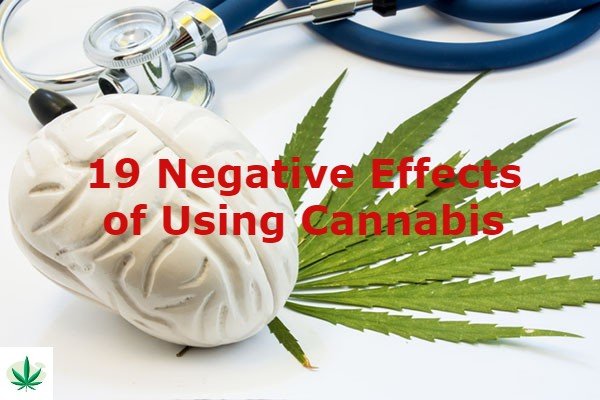Best Marijuana Growing Supplies To Grow Your Business In 2023. The trends in cannabis advertising will shape its future, from celebrity to wellness-oriented messages. The cannabis industry is set to see a boom as more and more countries legalise the drug. In 2018, the worldwide legal cannabis industry was estimated at $17.8 billion, and its worth is expected to increase by more than 25% annually by 2030. With increased competition in the market, businesses in this sector are spending more on advertising and marketing to dispel myths, raise brand recognition, and boost sales.
Innovations In Tasty Products Overturn Stereotypes
Brands in the hemp and cannabis industries are expanding their customer bases by investing in new product development and expanding their offerings beyond the flower. Ten years ago, flower sales accounted for almost 80 per cent of all merchandise; now, that amount is closer to 47 per cent. In addition, edibles, infused products, and other cannabis items are becoming more popular among consumers.
There has been a cultural change, according to Lynch, that is helping to normalise the business and give firms in the field a leg up in gaining consumers’ confidence. “It has helped to bring things that are more known and a bit less terrifying to the sector,” she added. Case in point: lately, in Massachusetts, 50% of Curaleaf’s infused seltzer sales were from people who had never tried cannabis before. To attract new customers, we are releasing “items that are lower-dose, pleasant, and that do not need smoking.”
For instance, seltzers and other non-alcoholic drinks are now trendy. Over the next several years, the beverage industry is expected to expand significantly. “It’s the smallest consumption category right now, but it’s had the quickest growth rate over a couple of years,” said Source Technology’s Eberlein.
Drinks infused with cannabis are a logical extension of the trend toward trying out novel beverages and the health consciousness of its patrons. Ready-to-drink mocktail kits are now widely available, as Eberlein put it. Drinking [cannabis-infused] drinks are becoming more popular because they are “socially acceptable,” as one analyst put it. “They can replace the wine glass at night and the beer and prevent hangovers.”
Implementing Lessons From The Alcohol Sector
The alcohol and other “vice” goods markets can teach the cannabis market a thing or two. Schmidt said that the booze industry cleared the way again for the marijuana industry of the future. It wasn’t until the late ’90s that he was able to advertise hard liquor on national tv, a fact that “a lot of individuals don’t realise.” Now that we’re used to beer and alcohol, commercials often appear on television.
Schmidt posits that one thing the alcohol industry got right was creating a “marketing code that all parent corporations would agree to” that regulated the kind of ads that could be shown to consumers. In addition, it sent a message to online distributors and broadcasters that alcoholic beverage companies would act responsibly and adhere to certain guidelines. So, yes, it was successful.
The alcoholic beverage industry used a similar calculation when developing advertisements emphasising responsible drinking, hoping to reassure customers and ad companies that their goods were harmless when used as directed.
